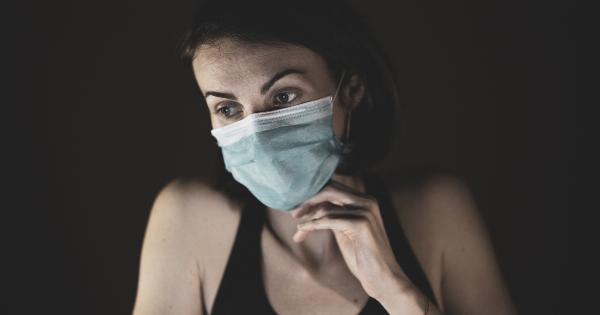As the winter months roll in, so does the concern of the flu outbreak. However, this year, it seems that the flu virus has yet to rear its ugly head.
According to the Centers for Disease Control and Prevention (CDC), there have been no reported cases of the flu so far this season. This news may come as a surprise, especially since the flu is a highly contagious respiratory illness that typically spreads rapidly during the winter months.
It’s important to note that while there have been no reported cases of the flu, it doesn’t necessarily mean that the flu isn’t present. The flu virus tends to be unpredictable and can strike at any time.
Nevertheless, the absence of reported cases does give us a reason to hope and a chance to take preventative measures to keep the flu at bay.
What is the Flu?
The flu, short for influenza, is a contagious respiratory illness caused by the influenza virus. It can cause mild to severe symptoms and can lead to complications, hospitalizations, and even death. Symptoms of the flu include:.
- Fever or feeling feverish/chills
- Cough
- Sore throat
- Runny or stuffy nose
- Muscle or body aches
- Headaches
- Fatigue
How the Flu Spreads
The flu spreads primarily through respiratory droplets that are generated when an infected person coughs, sneezes, or talks. These droplets can land in the mouths or noses of people who are nearby or possibly be inhaled into the lungs.
It can also spread by touching a surface or object that has the flu virus on it and then touching one’s mouth, nose, or eyes.
Preventing the Flu
Preventing the flu involves a combination of measures including:.
- Getting vaccinated – The flu shot is the best way to prevent the flu, according to the CDC. It can reduce the risk of flu illness, hospitalization, and death.
- Frequent hand washing – Wash your hands often with soap and water for at least 20 seconds or use a hand sanitizer that contains at least 60% alcohol.
- Avoiding close contact – Try to avoid close contact with people who are sick. If you are sick, stay home.
- Covering your mouth and nose – Cover your mouth and nose with a tissue when you cough or sneeze. If you don’t have a tissue, cough or sneeze into your upper sleeve.
- Cleaning and disinfecting – Clean and disinfect frequently touched objects and surfaces, such as doorknobs, light switches, and countertops.
Flu vs. COVID-19
It’s worth noting that the flu and COVID-19, caused by the novel coronavirus, share many similarities in terms of symptoms. Both cause fever, cough, fatigue, and body aches.
However, COVID-19 tends to have a higher mortality rate and can lead to more severe respiratory symptoms such as shortness of breath and difficulty breathing. Additionally, while there is a vaccine for the flu, there is currently no vaccine for COVID-19.
The Importance of Getting Vaccinated
While there may be no reported cases of the flu so far this season, it’s still important to get vaccinated. The flu vaccine is the best way to protect yourself from getting the flu.
It’s also important to note that the flu vaccine can take up to two weeks to become effective, so getting vaccinated early in the season is crucial. People who are at high risk of complications from the flu, such as young children, the elderly, pregnant women, and people with certain medical conditions, should especially consider getting vaccinated.
The Future of the Flu
Although the flu has yet to make an appearance this season, it’s impossible to predict what the future holds.
It’s always important to take preventative measures such as getting vaccinated, washing your hands, and avoiding close contact with sick individuals. These measures can not only help prevent the flu but also other respiratory illnesses such as COVID-19.


























